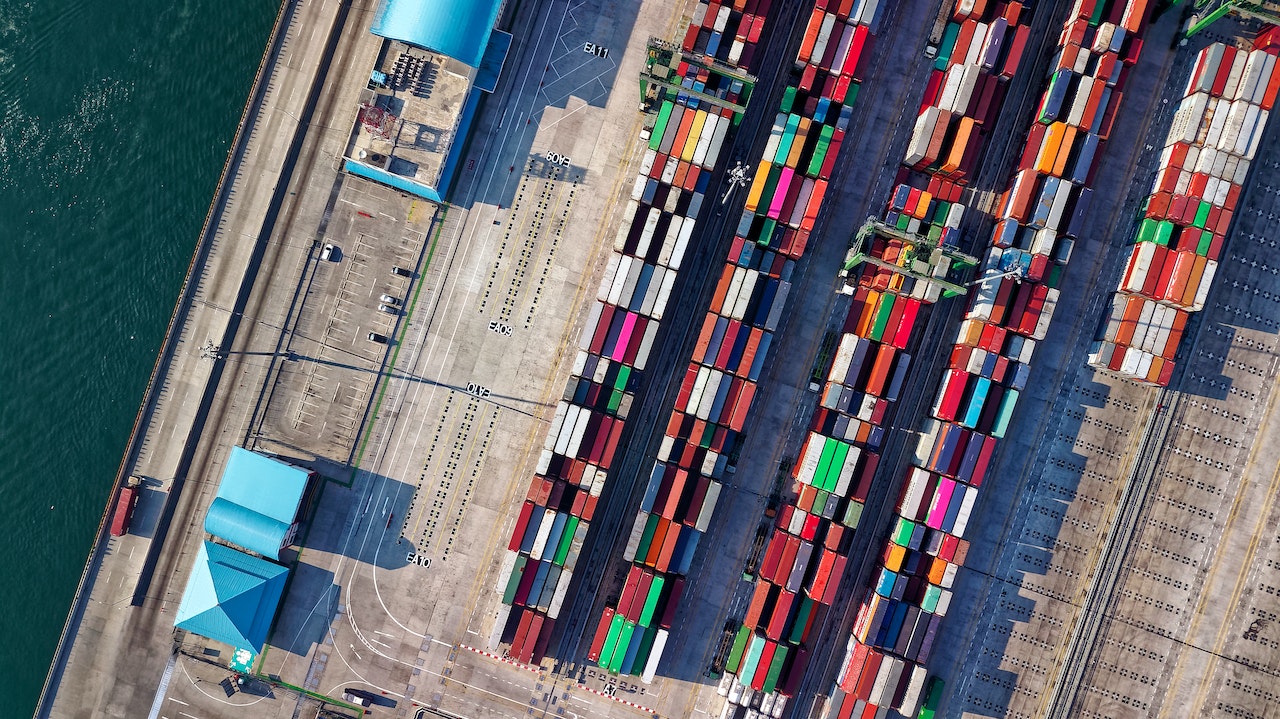Surety Bond Professionals is a family owned and operated bonding agency with over 30 years of experience. With access to a broad range of surety markets, our expert agents are ready to assist with all of your construction bond needs.
Potential Impact of Construction Supply Chain Disruptions
The integrity of a contractor’s supply chain is critical to timely project completion with no cost overruns. Unfortunately, supply chains are vulnerable to disruption for a number of reasons and lead times can be difficult to predict. Supply chain management became more difficult during the pandemic, and while the situation is improving with regard to some construction materials, recovery is ongoing.
External Causes of Supply Chain Problems
The lingering effects of the pandemic are not the only challenges, either. Any number of factors can affect how long it takes for materials to get to a construction site. Some lead time problems stem from a supplier’s problems in obtaining raw materials for their own production processes. Labor shortages and labor disputes involving strikes and work stoppages can also cause problems, both for companies producing construction materials and for transportation carriers. Materials ordered from companies in some parts of the world may be delayed due to political instability or civil unrest or from the impact of extreme weather on manufacturing operations and transportation systems. Supply chain disruptions also can result from business developments affecting a supplier, such as the sale or merger of a supplier company.
Internal Supply Chain Risks
Internal supply chain problems most often are the result of inaccurate forecasting or poor production planning. Every contractor should keep a close eye on changing conditions such as the availability, lead times, and prices of commonly used materials.
What Is Supply Chain Risk Management?
Supply chain risk management is simply the practice of eliminating any risks that can be eliminated and mitigating the rest through a combination of best practices and contingency planning. Probably the most common risk management strategy is referred to as PPRR, which stands for prevention, preparedness, response, and recovery.
For contractors, prevention is a matter of taking appropriate precautions to ensure that construction supply chain problems don’t derail their projects. Preparedness involves contingency planning to mitigate the impact of potential supply chain issues. Response refers to executing contingency plans when necessary, and recover comprises whatever measures must be taken to keep a project on track for timely, within-budget completion.
Strategies for Mitigating Supply Chain Risks
Consider implementing any or all of the following practices to help avoid delays and cost overruns stemming from supply chain problems.
- Make sure that schedules and budgets are realistic given any known supply chain bottlenecks and/or higher than normal materials prices.
- Identify and establish relationships with multiple sources that can provide needed construction materials if your primary supplier can’t deliver on schedule or at the original price.
- When selecting vendors, obtain information from credit rating agencies to determine their financial stability.
- Work with your usual suppliers to identify vulnerabilities and develop contingency plans that can be implemented quickly.
- Work with the design team to identify possible alternative materials that can be used in place of construction materials that have unusually long lead times or currently are in short supply.
Protect Your Reputation and Bonding Capacity
Public works projects valued above a certain amount, whether funded by the federal government or by a state, require (by law) that contractors furnish both a performance bond and a payment bond, often combined in a combined performance and payment surety bond. In most competitive bidding situations, a bid bond is required as well. And privately funded projects, especially for commercial construction, increasingly require contractors to provide the same bonds to provide financial protection for investors and lenders. Other types of construction bonds, such as maintenance bonds, supply bonds, site improvement bonds, or subdivision bonds, may also be required.
A contractor’s ability to land new jobs (both taxpayer-funded and private) and grow their business is largely dependent on their bonding capacity. Building bonding capacity over time means increasing both the amount a surety is willing to guarantee for a single construction bond and the aggregate amount of multiple bonds in force at one time.
Getting approved by a surety company for construction bonds of sufficient size and number is largely dependent on having a track record of successful, on-time, within-budget project completion. Supply chain disruptions have the potential to torpedo a previously stellar performance history.
Surety companies take a long, hard, look at bond applicants that have experienced claims stemming from project delays or cost overruns related to poor project planning and ineffective supply chain management. Sureties also scrutinize every bond applicant’s business practices, including their process for procuring materials.
Call Us Today
Our surety bond professionals will help you grow your revenue by maximizing your surety capacity. Call us today!





